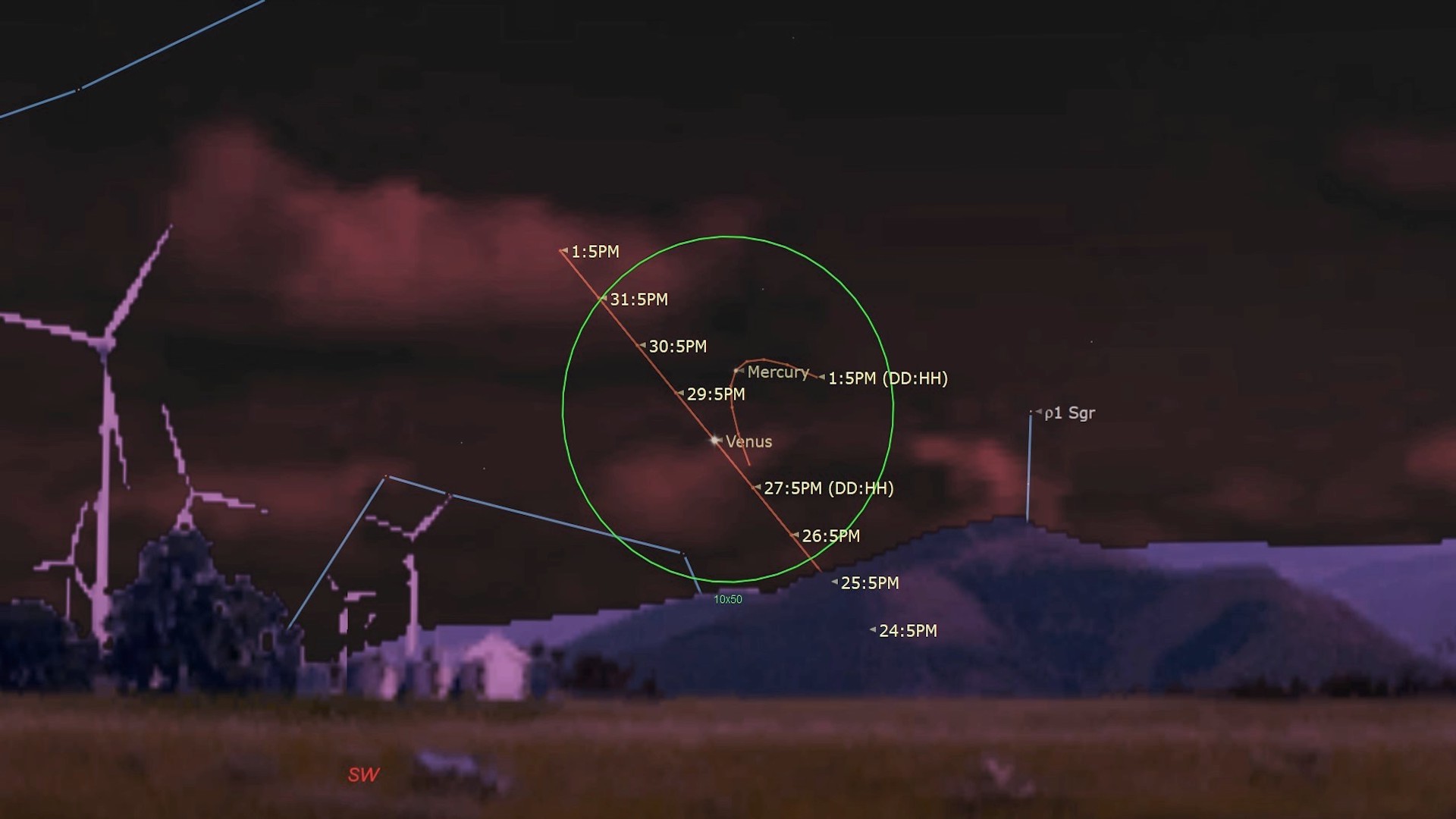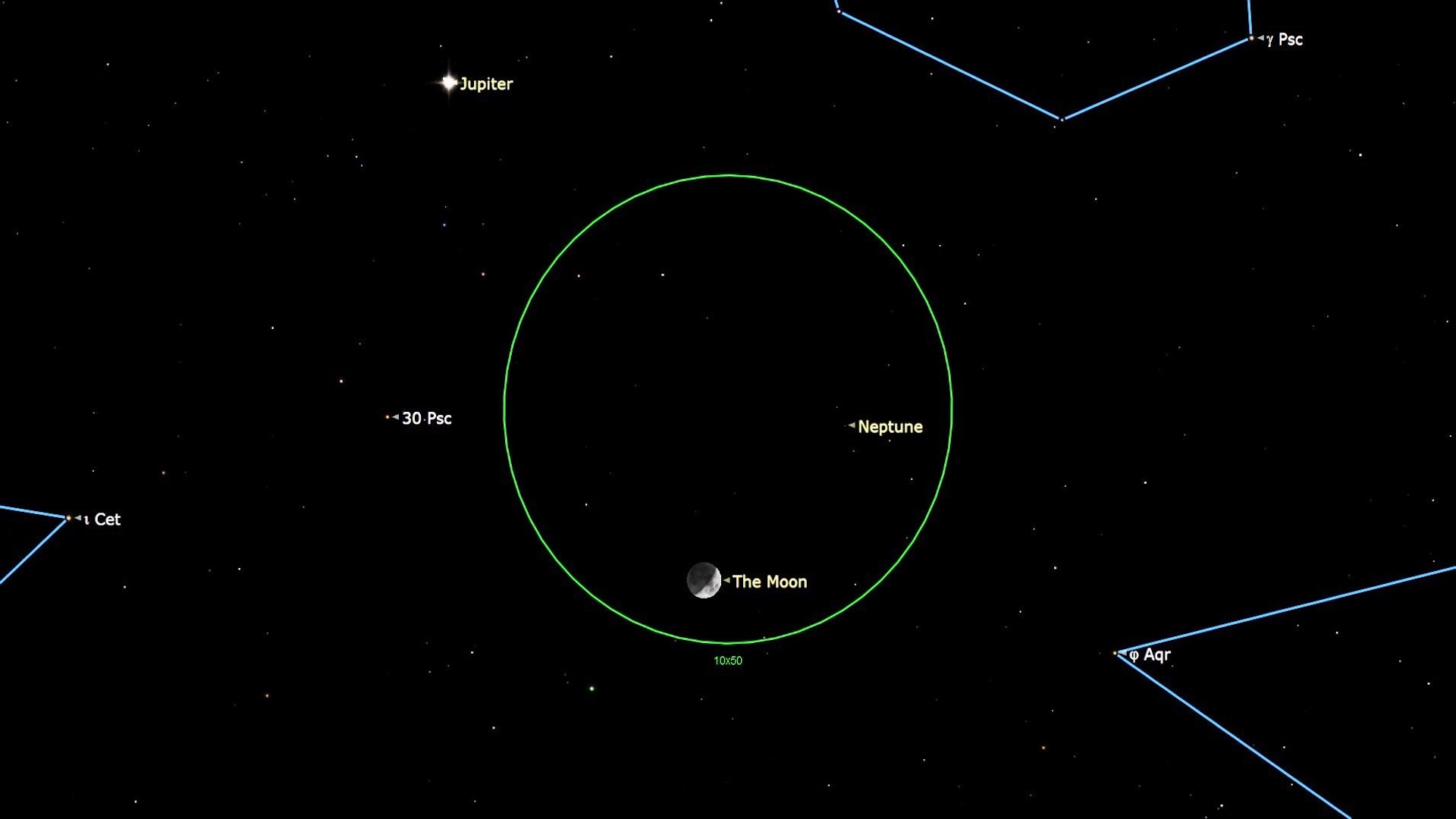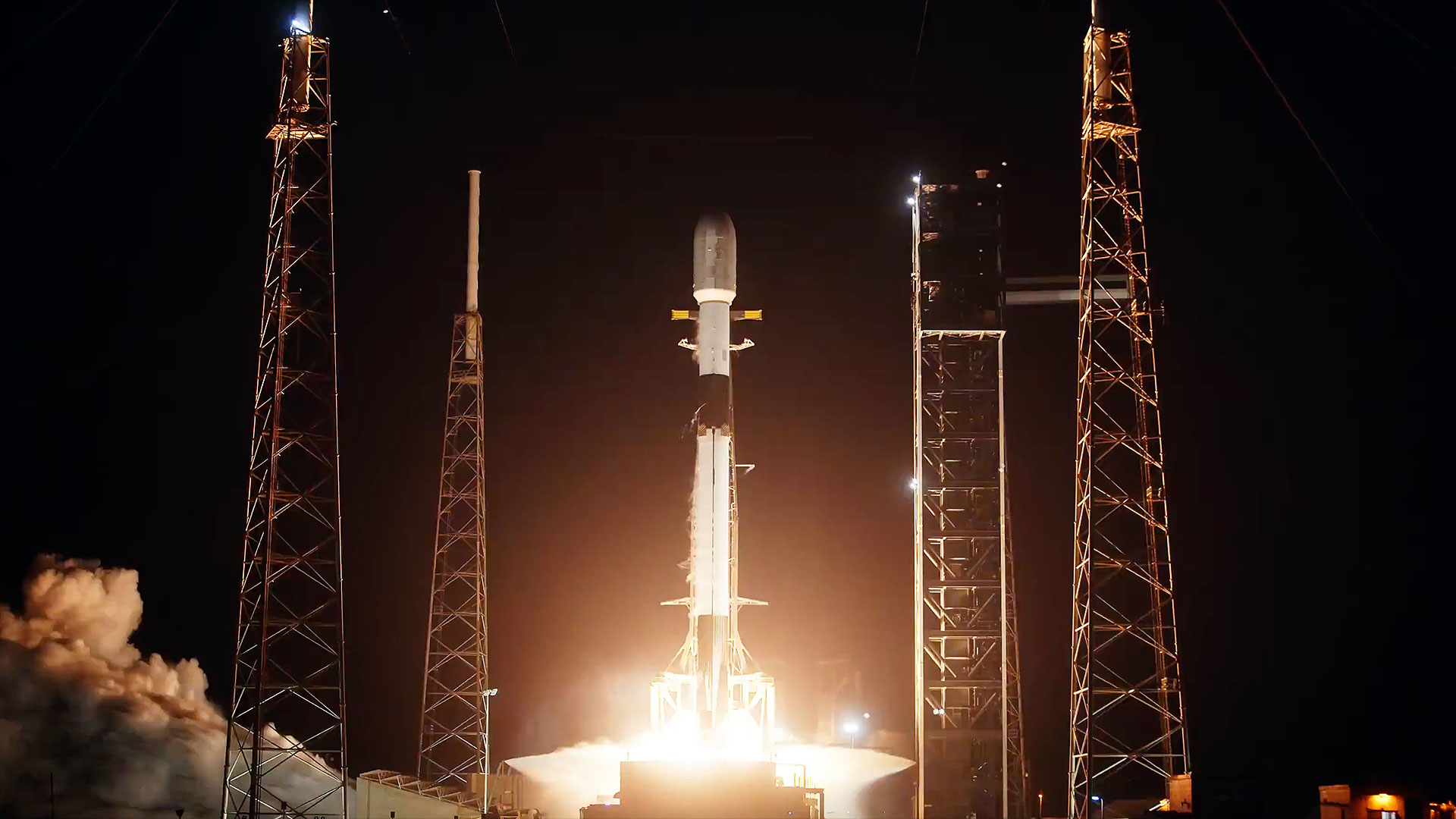Every planet in the solar system will be visible on Wednesday (Dec. 28). Here's how to see them
Update: Today's livestream of the solar system planets will now begin at 12:30 p.m. EST (1730 GMT).
Take a grand tour of the solar system tonight (Dec. 28) as each of the planets in the solar system will be visible at the same time.
As 2022 comes to an end, skywatchers can take in the rare sight of all of the planets in our solar system (aside from Earth) together in the sky. Mercury, Venus, Mars, Jupiter and Saturn are all currently visible simultaneously with the naked eye. The two outermost planets, Uranus and Neptune, can meanwhile be observed with binoculars or a telescope.
To celebrate this excellent skywatching opportunity, the Virtual Telescope Project is hosting a free "grand tour of the solar system" livestream starting at 12:30 p.m. EST (1730 GMT) on Wednesday (Dec. 28). You can watch the live webcast courtesy of the project's website linked to above, or on their YouTube channel.
Related: The Christmas night sky 2022: The planets pay a holiday visit

Need a telescope for checking out the planets? We recommend the Celestron Astro Fi 102 as the top pick in our best beginner's telescope guide
The five planets visible with the naked eye — Venus, Mercury, Saturn, Jupiter and Mars, in that order — will line up in the sky starting from the southwestern horizon. Mercury, the smallest planet in the solar system, will be difficult to see with the eye, but it's possible if dark sky conditions are right.
Uranus, visible only through binoculars or a telescope, can be found between Mars and Jupiter, while Neptune will be visible through optics between Saturn and Jupiter.
Breaking space news, the latest updates on rocket launches, skywatching events and more!
Gianluca Masi, an astronomer with the Virtual Telescope Project, says while the occurrence of all other planets being visible isn't particularly rare, it does make for an impressive skywatching opportunity. "It happens from time to time, but it is always a spectacular sight," Masi told Newsweek.
Such "grand tours" happen roughly every one to two years, on average. In June 2022, skywatchers were treated to five planets — Mercury, Venus, Mars, Jupiter and Saturn — arranged in a rare alignment the likes of which hadn't occurred since 1864.
If you want to take a look at the planets of the solar system and don't have all the gear you need, be sure not to miss our guides for the best binoculars and the best telescopes to view the planets or anything else in the sky. For capturing the best skywatching images you can, we have recommendations for the best cameras for astrophotography and best lenses for astrophotography.
Follow us on Twitter @Spacedotcom or on Facebook.

Brett is curious about emerging aerospace technologies, alternative launch concepts, military space developments and uncrewed aircraft systems. Brett's work has appeared on Scientific American, The War Zone, Popular Science, the History Channel, Science Discovery and more. Brett has English degrees from Clemson University and the University of North Carolina at Charlotte. In his free time, Brett enjoys skywatching throughout the dark skies of the Appalachian mountains.



